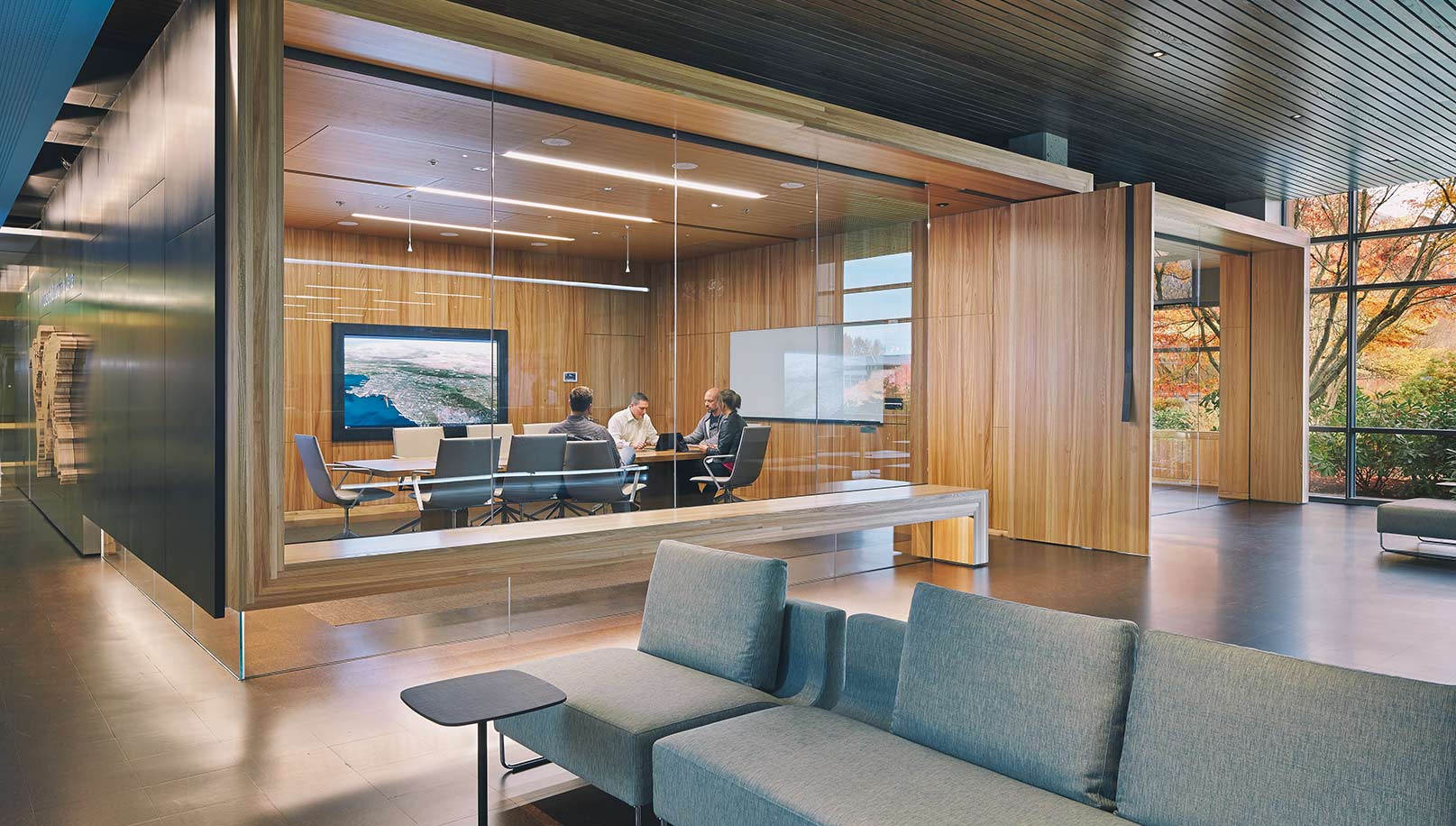Beneficial Sustainability Decisions
In today’s rapidly evolving world, the nexus of economics and sustainability has become an imperative consideration in the construction industry. As global awareness of environmental concerns continues to grow, the mere selection of sustainable materials no longer suffices to claim the title of a “green” project. Rather, the focus has shifted towards comprehensive evaluations of construction methods and the long-term impacts of building systems. This shift underscores the significance of life cycle assessments and their role in assessing the economic viability and environmental benefits of construction approaches. In this exploration, we delve into the dynamic interplay between economic feasibility and sustainable decision-making, examining how life cycle considerations have redefined the way we approach building projects.
The life cycle is of paramount importance in material selection.
The importance of considering the life cycle when selecting materials is now paramount in defining sustainability. Mere use of natural or recycled materials doesn’t automatically render a product environmentally friendly. It’s widely recognized that a product’s life cycle begins with the extraction of raw materials, or even earlier, with decisions on how and where to obtain them. This life cycle continues until the product is completely decommissioned or its materials are repurposed through recycling.
However, the focus shouldn’t solely be on individual products. Instead, a comprehensive life cycle assessment should evaluate the entire building system, taking into account its energy consumption at various stages, including:
- Production of construction materials and components.
- Transportation of materials from production sites to the building location.
- The construction process itself.
- Operational energy use, such as heating and hot water production.
- The building’s eventual demolition.
- Positive contributions from recycling materials and components.
Consequently, when selecting materials and components for a project, it’s essential to identify how each element interacts with the building system and assess its role in the overall energy balance. The choice of ceramics, for instance, is part of a holistic design approach that encompasses the entire life cycle. This approach is the responsible way forward for shaping the future of the environments we inhabit.
Ceramics: A Sustainable and Low-Impact Supply Chain
Ceramics, with their low-impact supply chain, emerge as an environmentally responsible choice in the realm of finishing materials. The ceramic tile and slab industry, particularly in Italy, have made significant strides in minimizing their environmental footprint through advanced technology, innovative plant design, and production methods. Notably, the industry excels in recycling the vast majority of waste generated during production, reducing energy consumption to levels far below historical norms.
Transitioning to the next stage in a tile’s life cycle, the materials used for installation and grouting are found to pose negligible toxicological risks. Similarly, when it comes to the eventual demolition of ceramic tiling, the resulting debris can be safely reintroduced into the environment without significant concerns. This positive environmental profile aligns seamlessly with the exceptional technical performance and durability of ceramic tiles. These compelling attributes affirm ceramics as a standout choice for meeting the contemporary demands for high-performance surface coverings.
Responsible management within the ceramics industry is a fundamental commitment, reflecting ongoing efforts to curtail energy consumption and reduce the utilization of natural resources. One exemplary case is Tile optima, which has maintained a steadfast dedication to minimizing the environmental footprint of its production operations. This dedication is transparently documented in a sustainability report that has been published for the past twelve years, revealing impressive strategies, substantial investments, research laboratory endeavors, and the collective endeavors of its workforce. Notable initiatives, such as the introduction of a new photovoltaic plant and innovative production waste recovery processes, have enabled the company to effectively limit its resource consumption, even in the face of expanding Italian production capacities.
What distinguishes Porcelain stoneware from other natural materials, like stone or timber, is its minimal impact on territorial biodiversity throughout its production process. Tile optima extends its commitment to responsible sourcing by meticulously selecting suppliers for the raw materials used in tile body mixes, mandating that these partners actively collaborate in the safeguarding of ecosystems and biodiversity. The company further employs specialized software to manage essential data regarding the origin of raw materials, including quarry locations, proximity to the factory, and technical specifications, ensuring a holistic approach to sustainability throughout its operations.




